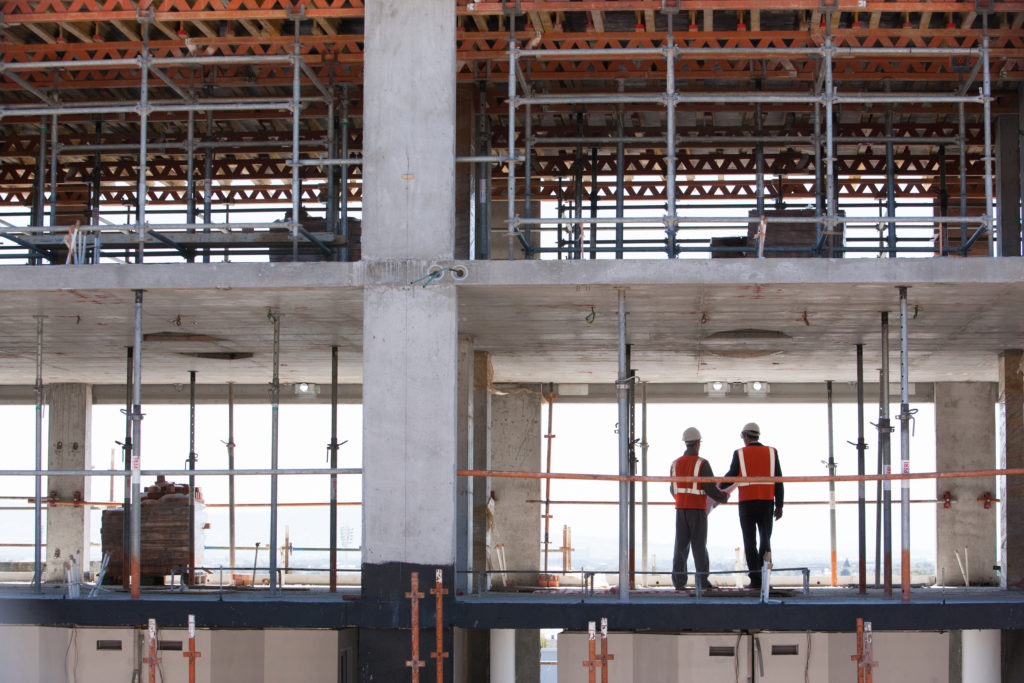Key points
- In the quarter ended 31 December, JobKeeper payments accounted for one-fourth of the wage bill in the arts & entertainment sector and one-sixth in accommodation & food services.
- The removal of JobKeeper at the end of March had minimal impact on new hiring, with job postings rising in every occupation.
- Recent postings growth was slowest in construction, which was heavily reliant on JobKeeper payment. However, overall hiring remained well above its pre-pandemic level.
JobKeeper wage subsidies saved at least 700,000 jobs during the pandemic, the Reserve Bank of Australia estimates. The program was gradually wound down beginning September 28 and ended March 28.
In the lead-up to that date, JobKeeper’s prospective removal worried the business community, particularly in areas such as hospitality and tourism where the impact of COVID-19 was still being felt. For much of the past year, the JobKeeper wage subsidy held the Australian economy together, initially limiting unemployment and then driving economic recovery.
Using Indeed Australia data, we track hiring since JobKeeper finished, focusing on the areas most reliant on JobKeeper payments. It turned out that hiring continued its impressive recovery during April, even in occupations reliant on JobKeeper, suggesting that the Australian economy has been able to weather reduced fiscal support.
That is evidence that businesses are fairly optimistic about their prospects. Such strong hiring points to future employment gains, and the Australian labour market may continue to tighten over the rest of the year. It also indicates that economy-wide subsidies are no longer necessary, even if support for certain industries may still be warranted.
Who was using JobKeeper?
JobKeeper usage varied considerably across industries, particularly once the pandemic recovery began.
Construction received $1.67 billion in JobKeeper subsidies in the December quarter, more than any other industry. However, relative to its size, it was just the sixth most-reliant industry.
The industries that relied most on JobKeeper were those heavily impacted by COVID lockdowns. The program covered one-quarter of the wage bill in arts & entertainment, followed by 16.6% in accommodation & food services, 14.8% in ‘other services’ and 10.6% in agriculture.
By comparison, JobKeeper usage was minimal in industries such as mining, healthcare and financial services.
The industries relying heavily on JobKeeper are those where we’d expect either job losses or reduced hiring. These industries were more likely to be hit by COVID-19 restrictions and suffer lower profitability than areas of the economy where JobKeeper payments were relatively low.
The hiring impact of removing JobKeeper
As of May 14, Indeed Australia job postings have increased in every occupational category since March 28. There have been occupations where postings fell briefly, for a week or two, but only temporarily.
Postings for construction, the largest recipient of JobKeeper subsidies, has increased the least, up 2.3% during the period. It would be a mistake, however, to view the job market for construction workers as weak.
On May 14, construction job postings were 72% above their level on February 1 last year — that is, far more construction jobs are available than before the pandemic. Furthermore, building approvals have increased sharply in recent months, which should generate new jobs over the next year or two.
Post-JobKeeper hiring has picked up to a greater extent in other occupations, including in those heavily reliant on JobKeeper payments. Postings for food and beverage jobs have increased 27.1%, transportation is up 11.9% and office and administrative support increased 11.1%. Hiring in retail and arts, culture and sports roles, jumped 7.8% and 5.7%, respectively. Each of these occupations relied on JobKeeper throughout the pandemic.
Postings ramped up most in education, which rose 37.7% from March 28 to May 14. JobKeeper was not widely utilised in education, although not always by choice. Universities were largely denied JobKeeper payments at a time when they were reeling from a drop in international students. Nevertheless, education postings have surged, reflecting strength outside universities.
Overall, the end of JobKeeper had minimal impact on hiring trends and Australia’s impressive recovery continued to strengthen in April and early May. While discontinuing JobKeeper will surely be challenging for some businesses, the broader economy appears well placed to absorb the impact of reduced fiscal support and thrive over the second half of the year.
Methodology
This post utilises seasonally adjusted job postings, using a seven-day trailing average. Postings on May14 are compared with March 28 to determine posting changes after the end of JobKeeper. We seasonally adjust postings for each occupation based on historical patterns in 2017, 2018 and 2019. Each series is seasonally adjusted separately.
Indeed’s data does not perfectly align with Australian Bureau of Statistics industry categories. We classify our posting data by occupation rather than industry.
This blogpost is based on publicly available information on the Indeed Australia website. Unless specified otherwise, it is limited to Australia, is not a projection of future events, and includes both paid and unpaid job solicitations.






